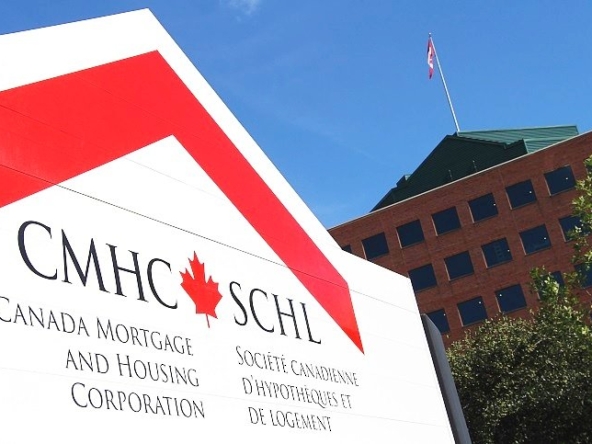Financial Statements
Financial analysis begins with a review of Income Statements, the Balance
Sheets and the Rent Roll. We will typically consider the last two years. The
current twelve month period is the best indication of recent performance which
should serve to establish the market value of the property.
The capitalization rate (cap rate) also known as the income approach is the
most commonly used method to estimate the current market value of the income
property.
Income Statements
An Income statement is the summary of one property’s revenues and expenses;
the net income or loss over a specific time period. The components of the income
statement are:
- Operating Revenues
Income from the property is called the Gross Scheduled Income (GSI). It is the
total of the potential income a multi residential unit could produce if every unit
was occupied and tenants paid 100% of rents. The effective Gross Income is GSI
less vacancy loss, which is the income lost due to vacant units, delinquent rents
and collection expenses. Other Income is from late fees, application fees, laundry
rooms, vending machines, payments collected for utilities, etc. - Operating Expenses
This includes a list all expenses associated with operation and maintenance of
the property. This may include: Repairs/maintenance, administration, legal &
accounting, advertising & marketing, property management, payroll, utilities,
real estate & payroll taxes, and insurance. - Net Operating Income
Net operating income (NOI) is the remaining income after paying all operating
expenses.
Net Operating Income = Effective Gross Income – Total Operating Expenses - Debt Service Includes principal and interest of any debt payments being made on the property.
- Capital Improvements
The capital improvements to the property. Used to estimate the reserve
requirement.
The Balance Sheet
. Assets
The assets are the economic resources owned by the business. Current
assets are those that are used within one year, and include cash, accounts
receivable, utility deposits, prepaid insurance premiums, and supplies.
Fixed assets are those whose benefits extend longer than one-year, and
include the buildings, equipment, and land.
- Liabilities
The liabilities of a business are its debts plus any outstanding claims.
Current liabilities will use current assets or will be paid within one year,
and include accounts payable, wages owed to employees, invoices from
contractors, security deposits made by tenants, and taxes payable. Longterm liabilities are longer than one year in duration, and include
mortgage debt secured against the property, loans for capital
improvements, and equipment financing. - Equity
The equity in the property is the financial value remaining after all
obligations have been satisfied.
Equity = Assets – Liabilities
Rent Roll
The Rent Roll should give you the number of units, the unit number, tenant’s
name, number of bedrooms, scheduled rent, collected rent, date paid, and other
income such as utilities, application fees and late fees.
This document will give you an idea of the stability of the property, the efficiency
of collections, and the occupancy rate. The timely and efficient collection of rents
is essential in meeting cash-flow needs. A high occupancy rate will depict a wellmanaged property, a short supply of rentals units in the area, below market
rents or a combination of the above.
Calculating the value of Investment Properties
There are a number of methods that can be used to determine value:
- Cap Rate “Capitalization Rate”. This is a quick way to compare the property
you are contemplating to other similar properties recently sold in the same
area. This method yields a percentage which can be used for comparison and
also establishing prevailing market condition. A low cap rate tells you it is an
expensive neighbourhood, more than likely low risk with good long term
capital appreciation.
*Be careful and ensure the information supplied is actual.
Capitalization
Rate =
Net Operating Income
(NOI)
Sales Price - Cash Return On Investment (Cash ROI)
Also known as the cash on cash return. It is the ratio of the remaining cash after
debt service to invested capital:
Cash ROI =
Remaining Cash after
Debt Service
Cash Investment
The cash ROI is different from net operating income (NOI) and the cap rate in
that the cash ROI is calculated after debt service, while the cap rate is calculated
before debt service. So while the cap rate is an important ratio used in
determining relative property values, the cash ROI is an important ratio used to
determine your cash rate of return on invested capital. - Total Return on Investment (Total ROI)
The total return on investment accounts for principle reduction. The total ROI is
the ratio of the remaining cash after debt service plus principal payments to
invested capital.
Total ROI =
Remaining Cash after Debt Service +
Principal Reduction
Cash Investment
The total ROI provides a measurement of the total return on your invested
capital by capturing both the cash and noncash portions. - Debt Service Coverage Ration (DSCR)
The debt service coverage ratio, also known as the debt service ratio, measures
the relationship of the amount of cash available to service the debt payments,
which is the net operating income, to the required debt payment:
DSCR =
Net Operating Income
Debt Payments
Lenders like this ratio; if there is not adequate cash flow to service the debt, they
won’t give you a loan. - Gross Rent Multiplier (GRM)
The GRM measures the relationship between the total purchase price of a
property and its Gross Scheduled Income.
Gross Rent
Multiplier =
Purchase Price
Gross Scheduled Income
The GRM can be calculated either an “as is” basis with no changes or
improvements to the property, or on a pro forma basis, which includes both
improvements and the expected increase in revenue that will result from the
improvements.
The gross rent multiplier (GRM) is often used for single family income property
and duplexes. - Price per Apartment
This method utilizes the average price per apartment for a similar building in
the same area. For example a 5 unit apartment building sold for an average of
$125,000 per unit then the value of your 6 apartment building would be valued
at $750,000





